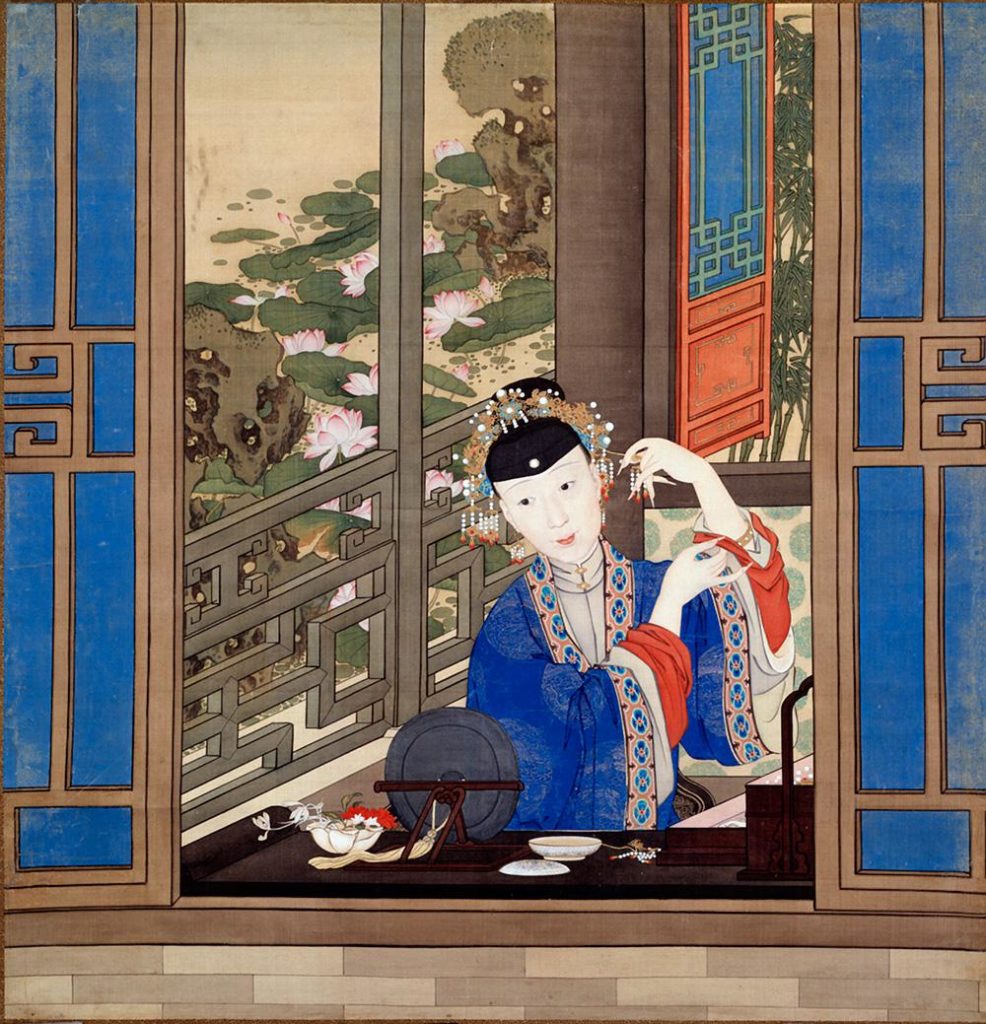Last week, the Vancouver Art Gallery announced the creation of the Institute of Asian Art, a centre dedicated to the visual arts of Asia, with an emphasis on work from China, India, Japan and Korea. The Institute is slated to have a permanent gallery space in the VAG’s new Herzog & De Meuron—designed building, due to open in 2020. In the meantime, the gallery has already announced a roster of exhibitions, as well as the establishment of a dedicated acquisition fund, an international advisory council and an endowed position for a senior curator of Asian Art.
Currently, the VAG hosts the touring exhibition “The Forbidden City: Inside the Court of China’s Emperors,” which includes approximately 200 historical works which have rarely travelled outside of China from the Beijing Palace Museum. Opening in November is “Unscrolled: Reframing Tradition in Chinese Contemporary Art.” The centre’s activities promise an even balance of historical exhibitions and current concerns: the gallery has also announced a project with contemporary Chinese artist Tsang Kinwah, and a set of additional exhibitions, public projects and programming throughout 2014-15 aimed at contemporary Chinese art.
VAG director Kathleen Bartels describes “Unscrolled” as an excellent example of the kind of collaborative and cross-Pacific programming the centre will enable. Curated by the VAG’s assistant curator Diana Friendl and Beijing-based curator and critic Carol Lu, the exhibition represents a strong contemporary element emblematic of the vision for the new Institute of Asian Art. “The contemporary counterpart is indeed very much part of our philosophy to offer contemporary perspectives,” says Bartels. “The focus of the show is on artists who implicate the idea of tradition in their work from today’s perspective. It is a very important exhibition that offers analysis on how artists today are addressing these issues. This is a great example of the balance the Gallery places on presenting historical and contemporary perspectives together.”
The VAG, which has presented some 28 exhibitions of Asian art in the past 30 years, underscores its commitment to offering more of this kind of programming with an acquisition fund for the growth of its permanent collection of contemporary Asian art. Reflecting on the gallery’s existing relationship to art in Asia and looking forward to the Institute’s programming, Bartels notes that “particular attention has been given to the work of Chinese artists—as an acknowledgement of the impressive impact they have had on the global arts scene, and in recognition of the prominent and expanding Chinese communities in Vancouver. The Institute of Asian Art emerged as a response to the rich cultural mix that our city and province offers. The Vancouver Art Gallery is ready to formalize in a more significant and visible way in our programs to reflect the strong connections between British Columbia and Asia. With opening of two big shows this fall, now seemed like the time to make an announcement that we are deepening our commitment to Asian art.”
The creation of an endowed curatorial position in Asian Art marks the first time in the gallery’s almost 85-year history that it will have a curator specializing in the field on staff. Bartels articulates the importance of the new Senior Curator of Asian Art position, saying, “A dedicated curator is needed in order to have greater in-house knowledge about Asian art. By naming a position, it becomes another aspect of our commitment to art making.”
Note to the reader: This news item was updated on October 22 to include comments from Kathleen Bartels.

 This anonymous portrait of Emperor Qianlong’s concubine is included in "The Forbidden City: Inside the Court of China's Emperors" which opened October 18 at the Vancouver Art Gallery.
This anonymous portrait of Emperor Qianlong’s concubine is included in "The Forbidden City: Inside the Court of China's Emperors" which opened October 18 at the Vancouver Art Gallery.







